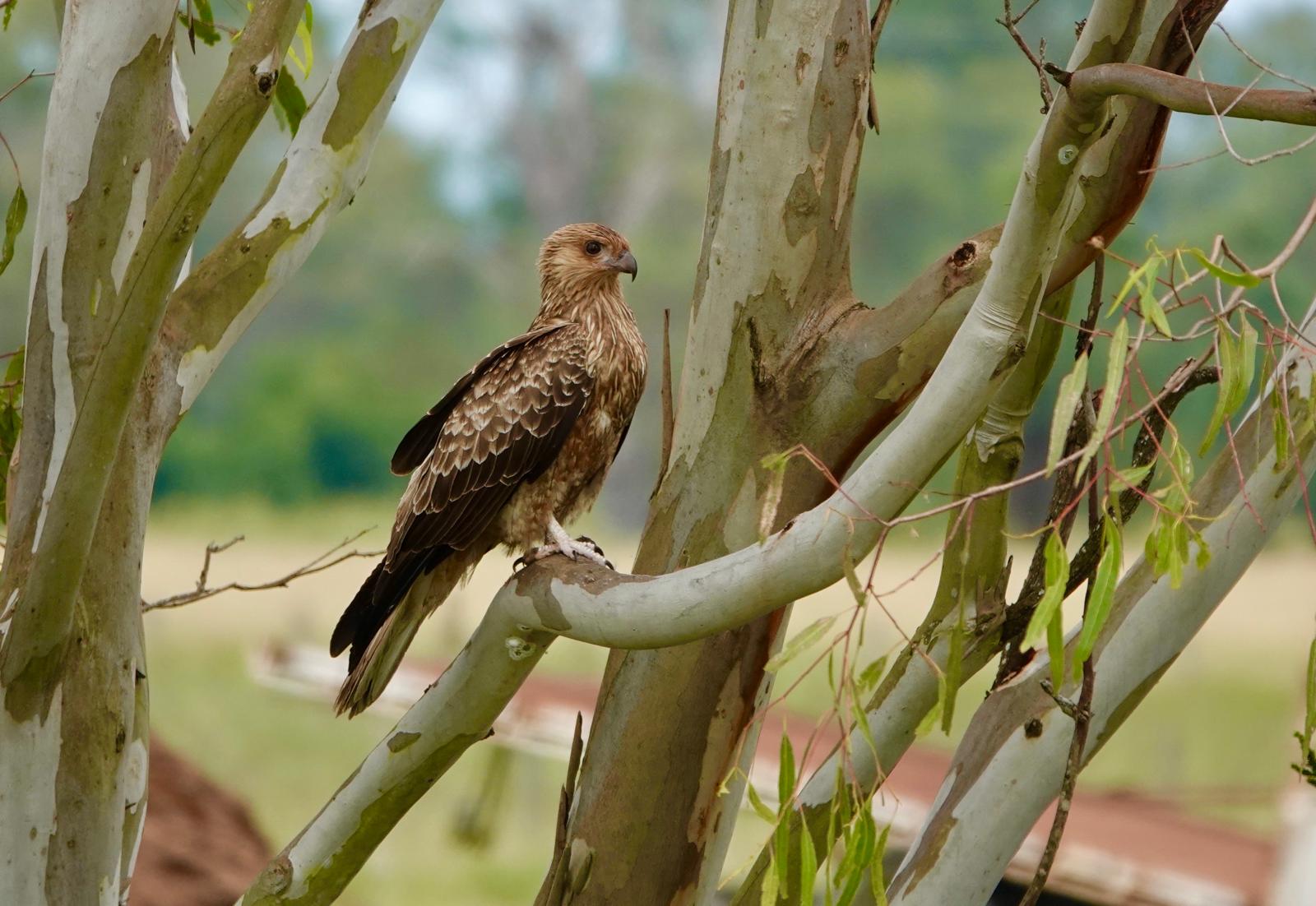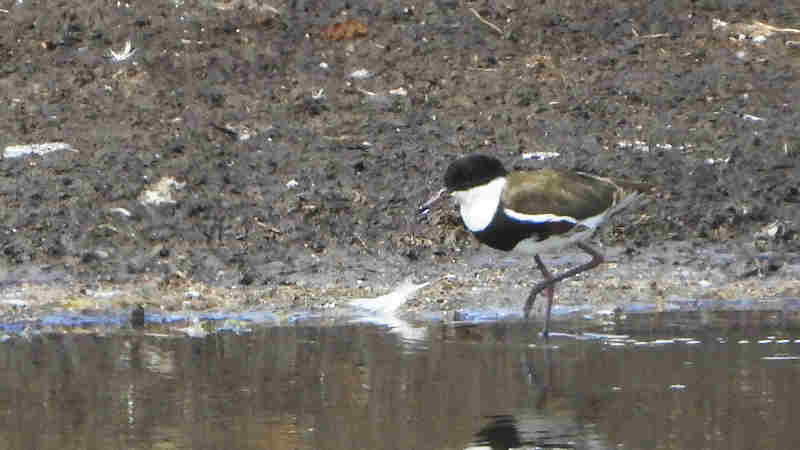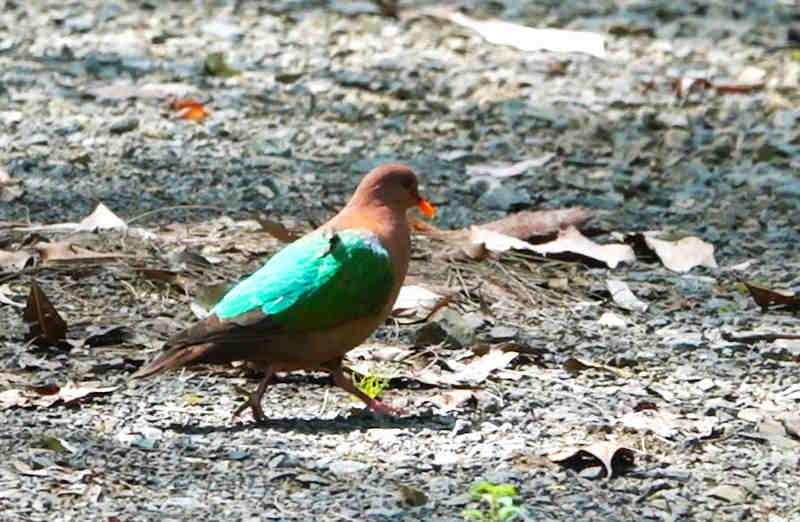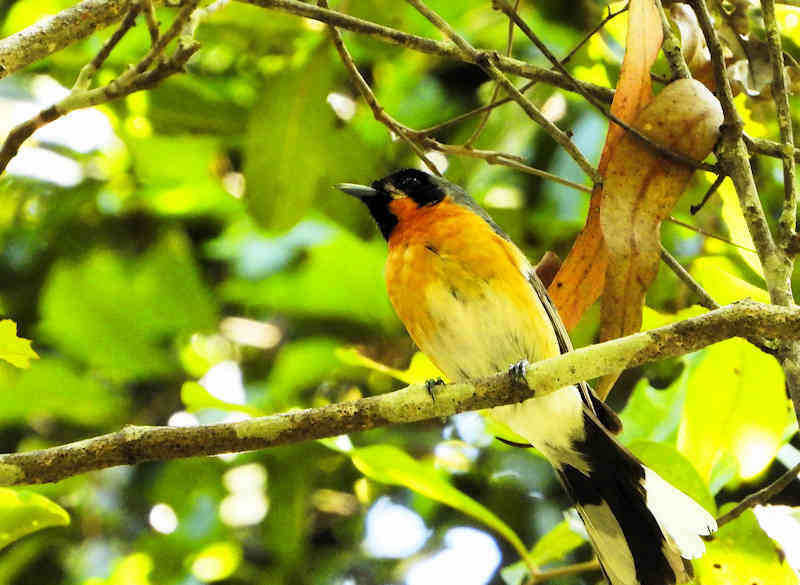Grey-crowned Babbler (Pomatostomus temporalis)

Deep within the heart of the Australian bush, a highly social and industrious bird species known as the Grey-crowned Babbler (Pomatostomus temporalis) thrives. These charismatic and cooperative birds are celebrated for their unique behaviors, intricate nests, and their role in shaping the landscapes they inhabit. In this article, we will delve into the fascinating world of Grey-crowned Babblers, exploring their habitat, physical characteristics, behavior, and their significance in Australia’s natural ecosystems.
Taxonomy and Distribution
Grey-crowned Babblers belong to the family Pomatostomidae, which includes the Australian babblers. They are found across a significant portion of eastern and southern Australia, including New South Wales, Victoria, South Australia, and parts of Queensland. Their range encompasses a variety of habitats, from woodlands and forests to semi-arid regions.
Physical Characteristics
Grey-crowned Babblers are medium-sized birds with distinctive plumage and physical features. Their namesake, the grey crown, is one of their most prominent features, with a pale greyish patch on the top of their heads contrasting with the bold white eyebrow. Their overall body plumage is a combination of brown, gray, and white.
They have strong, curved bills designed for a varied diet, as well as strong legs and feet, which they use for foraging on the ground. These birds typically measure around 24-27 centimeters (9.4-10.6 inches) in length.
Habitat and Range
Grey-crowned Babblers are highly adaptable and can be found in a range of habitats, including woodlands, open forests, and areas with scattered trees. They often inhabit regions with sandy soils, which are ideal for their burrow nests. These birds are most commonly seen foraging on the ground or perching on low branches and shrubs.
Behavior and Diet
Grey-crowned Babblers are renowned for their cooperative and sociable behavior. They live in tight-knit family groups, which often consist of multiple generations of birds. Within these groups, individuals engage in cooperative activities such as foraging, nesting, and territory defense.
Their diet is varied and includes a mix of insects, spiders, small vertebrates, and plant matter like seeds and fruits. They are known to use their strong bills to extract insects from tree bark and leaves and are skilled at finding food in leaf litter on the forest floor.
Nesting and Architecture
One of the most remarkable aspects of Grey-crowned Babblers is their nest-building behavior. These birds are true architects, constructing intricate dome-shaped nests made of sticks, grass, and other plant materials. The nests can be quite large and are often built in the forked branches of trees or shrubs.
What makes their nests even more fascinating is that they are often used for generations, with successive generations adding onto the structure. Over time, the nests can become enormous, with multiple chambers and entrances, providing shelter for the entire family group.
Conservation and Ecological Significance
Grey-crowned Babblers are not considered globally threatened; however, they face some challenges, including habitat loss due to land clearing and urbanization. Their conservation is important not only for their own sake but also because they play a role in shaping the landscapes they inhabit. Their foraging habits, particularly their consumption of insects and seeds, contribute to the health of their ecosystems.
Conclusion
Grey-crowned Babblers are remarkable birds that offer a glimpse into the complex and cooperative world of avian societies. Their elaborate nest-building skills and strong family bonds are a testament to the wonders of nature and the diversity of life found in Australia’s unique ecosystems. Protecting their habitats and preserving the landscapes they help shape is not only essential for their well-being but also for the broader health and vitality of Australia’s natural world.
We are affiliated with Amazon and make a small royalty at no extra cost to you, so by using the links below to purchase your next birding gear you can help us to maintain Simply Birding and continue to bring great content:

Canon, Sony and Nikon cameras: https://amzn.to/4gmtDWk

Lenses for bird photography: https://amzn.to/3WG3vyF

Tripods: https://amzn.to/3PVDNT0

Memory Cards: https://amzn.to/3PV4Y0z

Bird books: https://amzn.to/42NgsKS

Binoculars for bird watching: https://amzn.to/42G0nGZ

Spotting Scopes for bird watching: https://amzn.to/4hom5nq















